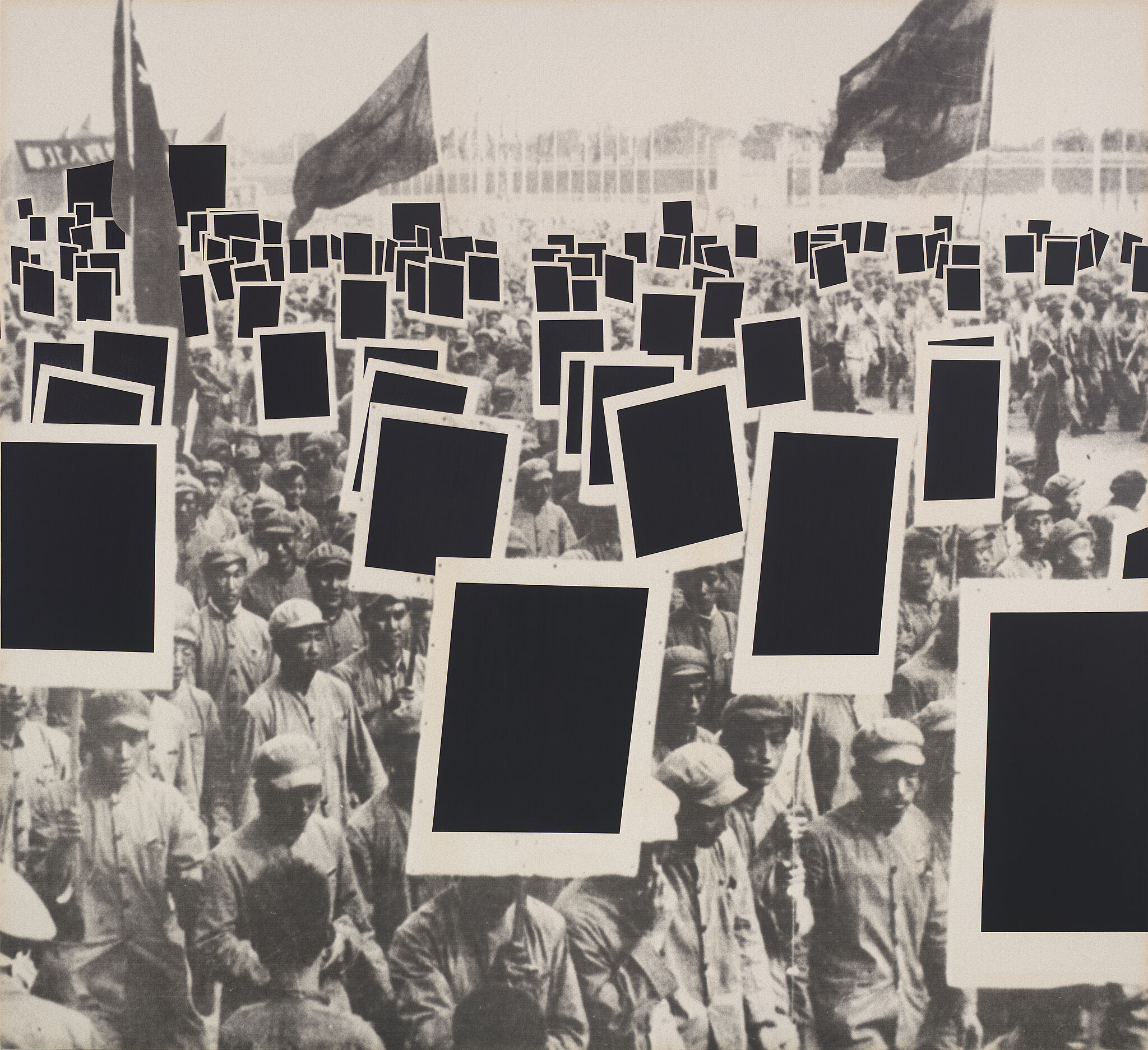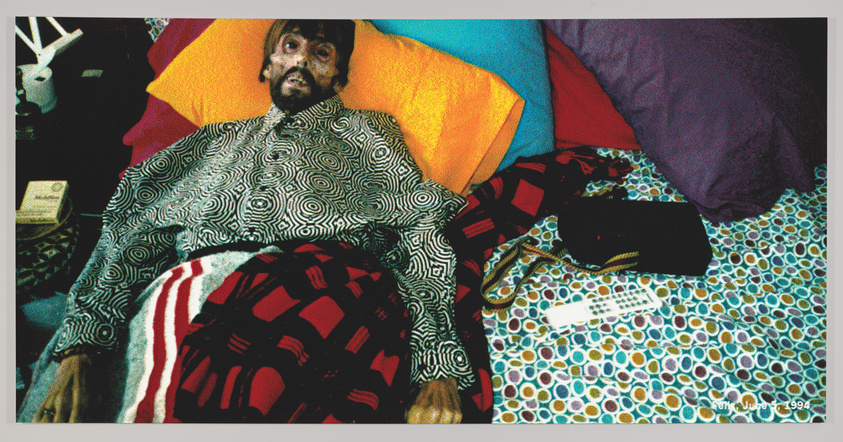AA Bronson, Felix Partz, June 5, 1994 | Video in American Sign Language
Feb 21, 2018
Educator Lauren Ridloff discusses a work by AA Bronson in the exhibition An Incomplete History of Protest: Selections from the Whitney’s Collection, 1940–2017.
During the 1980s and 1990s, America lost over half a million people to AIDS.
Most of those people were Gay men or people of color. Behind me you see one of the many faces of AIDS. We see a dead man. His name is Felix Partz. He is lying down, eyes open, emaciated. You can see he is sick. You can see it in his face. His cheeks are concave and he lays lifeless. The way he is sitting makes it appear that he is expecting visitors. If you look around him, you’ll see he is surrounded by items of comfort. Bright colored pillows, nice blankets and patterned clothing. We can see evidence of his life before. For example, cigarettes. A T.V. remote and a tape recorder right next to it. Felix loved to record his thoughts.
Death is a taboo subject but this image recalls a commercial billboard. Almost as if death is something we can advertise. The artist AA Bronson worked very closely with Partz. For over twenty years they were part of an artist collaborative. This piece is one of Partz’s final collaborations with Bronson. Partz knew this piece would be shown after his death. It is incredible to think that this man’s involvement in this piece of art continued after his death.
Bronson preferred to show this piece in smaller spaces so that viewers would feel overwhelmed by what they were seeing. The overwhelming feeling is parallel to the experience of AIDS, “it totally takes over your senses and nothing else exists.” Bronson wants to remind us that death is a part of everyone. It is a part of our community. It is a part of our world.

